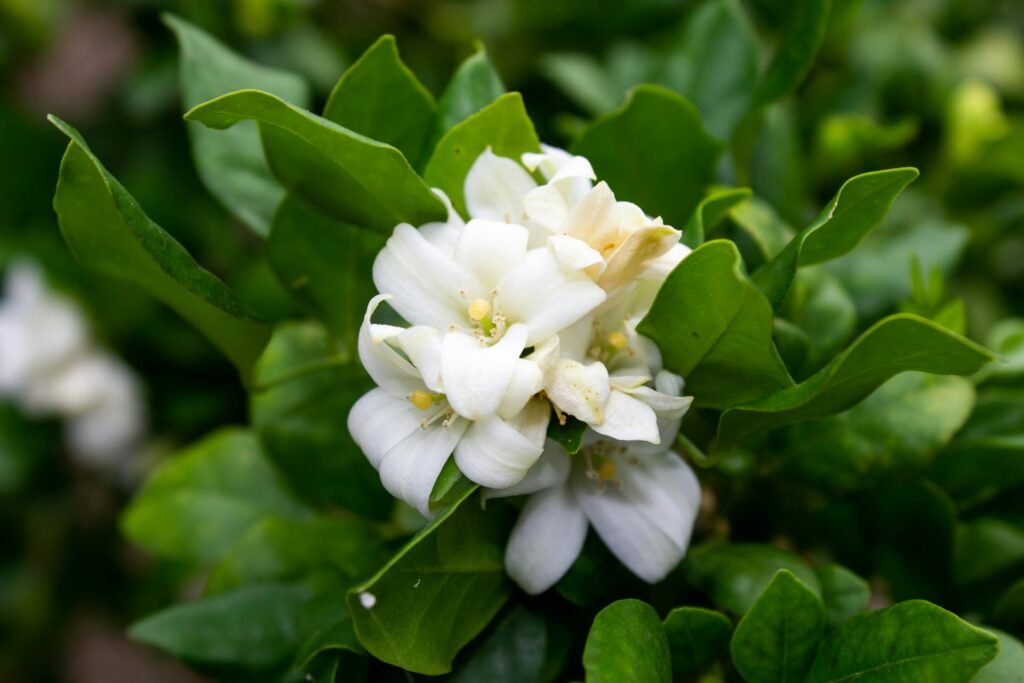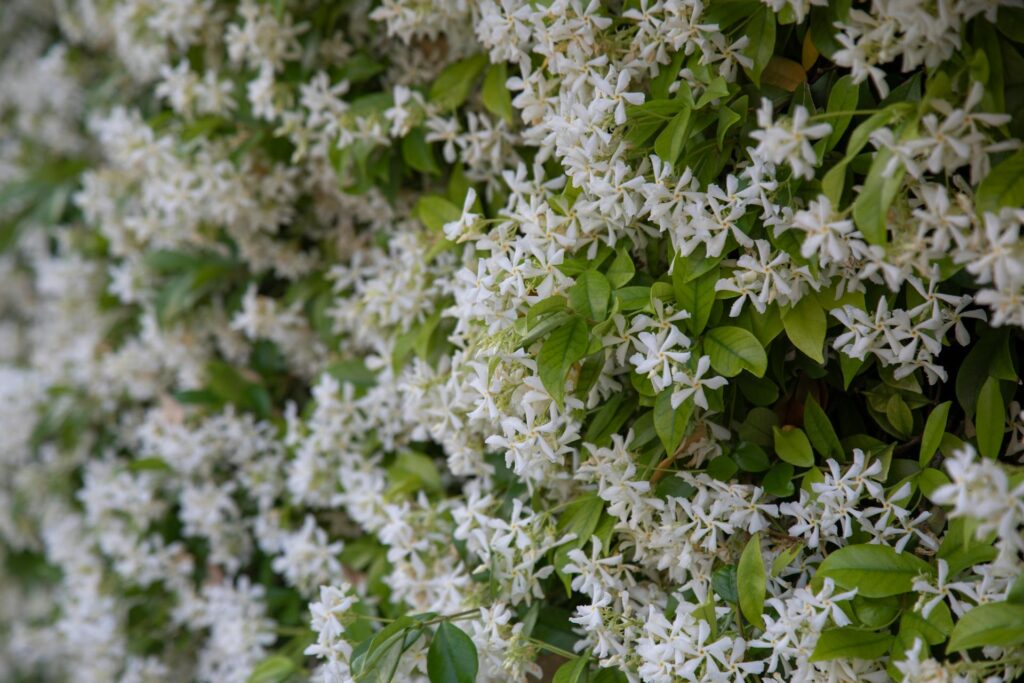5 tips to maintain jasmine plant in your garden
5 tips to maintain jasmine plant in your garden
Anyone may be whisked away to a tranquil heaven by just inhaling the beautiful aroma of jasmine. However, a little care and attention is all these fragile climbers need to thrive in your yard. If you want your jasmine plant to flourish and fill your landscape with an entrancing aroma, use these five creative friendly tips:
1. Have Fun in the Sun (Within Reasons):
Different types of jasmine demand different amounts of sunshine. Sunlight is ideal for certain species of jasmine, such as the Star Jasmine (Trachelospermum jasminoides), whereas Winter Jasmine (Jasminum nudiflorum) thrives in light shade. Identifying your unique jasmine and satisfying its sun demands is vital for good development and plentiful blooms. Most jasmine kinds are vining plants and like a solid support structure, so it’s a good idea to provide them with a climbing companion. To promote climbing growth and avoid untidy, tangled foliage, train them on arbors, trellises, or fences. Additionally, this improves air circulation, which lowers the probability of illness.
2. Give It a Strong Support System:
Since most jasmine kinds are vining plants, they need something to climb on. You may train them to grow upwards and keep their leaves neat and tidy by attaching them to trellises, fences, or arbors. The improved air circulation also helps lower the risk of sickness.
3. Water Wisely
Overwatering can cause root rot, so be careful not to water your jasmine plant too much. It needs continuous hydration, though. Water deeply when the top inch of soil feels dry, and allow the soil to drain properly. During hotter months, you may need to water more regularly, but adapt based on your temperature and rainfall.
4. Prune for Perfection:
Regular trimming is vital for keeping a healthy, flowering jasmine plant. After flowering, softly clip stems to stimulate new growth and prevent leggy plants. Additionally, remove any dead, diseased, or damaged branches to enhance overall plant health.
5. Feed for Flourishing Flowers:
While jasmine is not a heavy feeder, a balanced fertilizer supplement can stimulate numerous flowers. Use a water-soluble fertilizer diluted according to the package recommendations during the growth season. Avoid over-fertilizing, since this might damage the plant.
Bonus Tip:
Jasmine plants are typically pest and disease resistant, but keep a look out for common troubles like aphids or scale. If you find any concerns, fix them soon using organic methods wherever feasible. By following these easy guidelines, you can nurture a healthy jasmine plant that will fill your landscape with its enchanting smell and graceful elegance for years to come. Remember, a little TLC goes a long way in ensuring your jasmine blooms and becomes a beloved addition to your garden paradise.
I recommend checking out:
Different Types of Official Flowers of 6 Nations Around the World
Last Updated on 1 year ago by Anjali Mehra Ph.D. in Horticulture (Punjab Agricultural University)
- Grass Types that Survive Frost & Snow (Uttarakhand-Specific) - December 6, 2025
- Low-Water Grass Varieties for Hilly Homes in Uttarakhand - December 1, 2025
- Mexican Grass vs Bermuda Grass – Which is Best for Indian Lawns? - November 28, 2025


